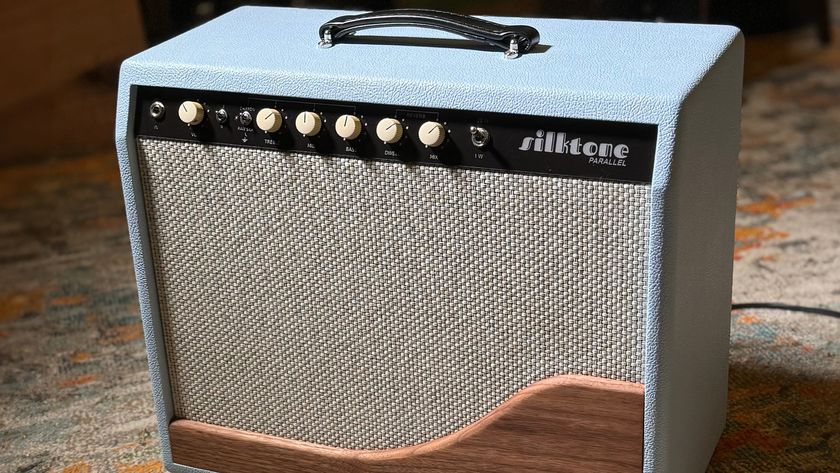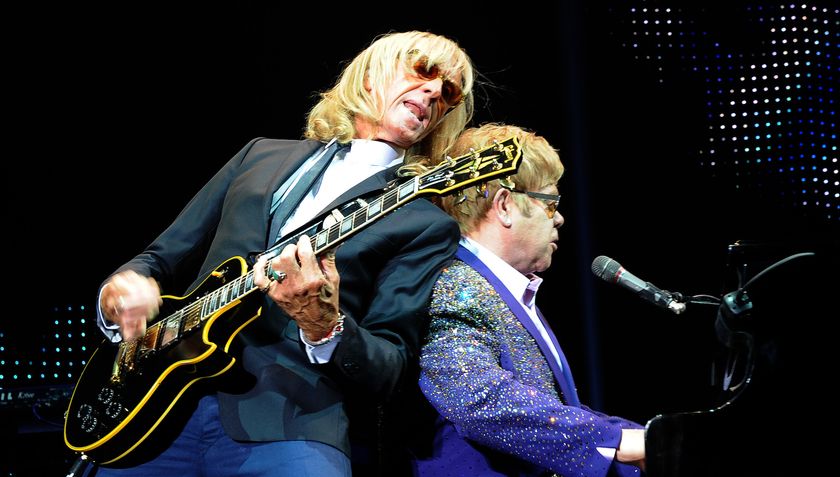“Tone is in the fingers. That’s not to say you can’t get close. Some YouTube players can get so close to Stevie Ray Vaughan, it’s frightening!” Danny Bryant is one of modern British blues’ finest players – ignore his tone wisdom at your peril
Give Bryant a Strat and he'll give you the blues straight, no chaser. He reveals the ‘death metal’ lessons Walter Trout taught him, and how to get the best out of your Strat
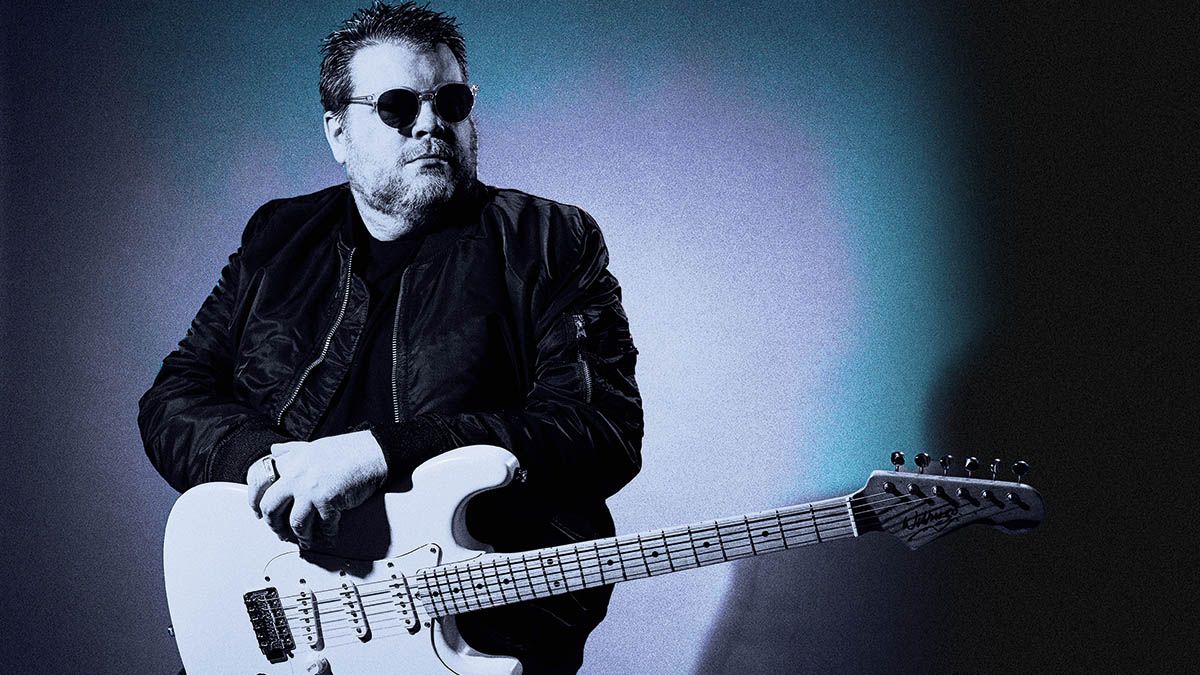
British blues guitar supremo Danny Bryant definitely knows a thing or two about getting everything you can out of a Strat-style guitar, to the point where he finds pedals often get in the way of what he’s trying to achieve.
With new album Rise recently released, he shares his tips for tones and techniques…
You clearly love to experiment with your tone controls and different pickup positions…
“The tone controls are probably the most overlooked thing you’ll find on any guitar. A lot of players out there think those two knobs are obsolete, but you can do so much with them, especially in combination with your pickup selector.
“I like fatness of a neck pickup but the one next to it, position four; helps me mellow out the chords. In other situations I might want to cut through so I’ll go to the bridge pickup, also known as first position. But sometimes that can be a bit bright on a Strat-style guitar, so you use the tone control to tame that as needed.”
The second position, next to the bridge pickup, often feels like the most glassy.
“Yeah! That one in between the bridge and middle is what I call the Robert Cray sound. I’ve seen him live a few times and that seems to be the tone he goes for. It has less bass and sounds more funky, with exactly what you said – a certain kind of glassiness to it.
Get The Pick Newsletter
All the latest guitar news, interviews, lessons, reviews, deals and more, direct to your inbox!
“Stevie Ray Vaughan didn’t use that position much, but when he did it was really noticeable and it would make certain lines or chords really stick out. He’d combine it with an upstroke rake and it would really cut through.”
So which position do you use the least?
“I don’t really use position three that much, but I was talking to Eric Clapton’s tech a few weeks ago and he told me that Eric spends most of his time there. He’ll start the gig on the middle pickup and see where it takes him. Maybe I need more time with it!”
Another thing you like to do is roll your volume control to create violin swells – how exactly did you come to master that particular technique?
“It’s an impressive-looking trick but it’s very easy. You should rest your little finger, or pinky as the Americans call it, just behind the volume control up and gradually roll it up after striking the note. It’s just a motion that you end up getting used to, and ends up in your muscle memory.
“The thing to remember about violining is that your little finger and pick are working in unison, as two parts of the same movement. But you don’t want to hear the note get picked, because that will sound sh*t. You want the note picked and a few milliseconds later you swell into it smoothly. There should be a delay… not as in the effect, as in the timing!”
Interestingly, you don’t seem to use many effects pedals…
The thing to remember about violining is that your little finger and pick are working in unison, as two parts of the same movement. But you don’t want to hear the note get picked
“Walter Trout taught me that. He’s been like a second father to me for over 30 years. That’s probably why I don’t use pedals – he tends to use a Mesa/Boogie [head] and let that do most of the work. It’s funny, he told me that when he got his first Mesa, there was that printed card at the top telling people how to dial in certain sounds.
“Well, he set it to ‘death metal’ just for fun and that’s actually the setting he uses to play blues! He uses his volume control to bring it down to a whisper. I tend to do the same with Blackstar amps like the HT Club 50, manipulating my volume knob to clean up for chords and turn up for leads. I’d say the volume control is one of the most important things you can find on a guitar.”
What else did you pick up from him?
“Well, he’s just a fussy guy when it comes to tone – especially with amps. If it’s not a Mesa/Boogie, he won’t be happy. He’s also very quiet on stage, which is different to most players who mainly want to hear themselves. He doesn’t like to hear much of his guitar and actually finds it inhibits him. He says he plays better with more fluidity if he can hear himself distantly in the mix of the band.
“He’s very old-school and has always told me tone is in the fingers. And it’s true! If I played through Clapton’s rig, I’d still sound like me, and if he tried mine, he’d still sound like him. That’s not to say you can’t get close. I look on YouTube and some players can get so close to Stevie Ray Vaughan, it’s just frightening! But for most of us, that’s a lifelong quest…”
- Rise is out now via Jazzhaus.
Amit has been writing for titles like Total Guitar, MusicRadar and Guitar World for over a decade and counts Richie Kotzen, Guthrie Govan and Jeff Beck among his primary influences as a guitar player. He's worked for magazines like Kerrang!, Metal Hammer, Classic Rock, Prog, Record Collector, Planet Rock, Rhythm and Bass Player, as well as newspapers like Metro and The Independent, interviewing everyone from Ozzy Osbourne and Lemmy to Slash and Jimmy Page, and once even traded solos with a member of Slayer on a track released internationally. As a session guitarist, he's played alongside members of Judas Priest and Uriah Heep in London ensemble Metalworks, as well as handled lead guitars for legends like Glen Matlock (Sex Pistols, The Faces) and Stu Hamm (Steve Vai, Joe Satriani, G3).
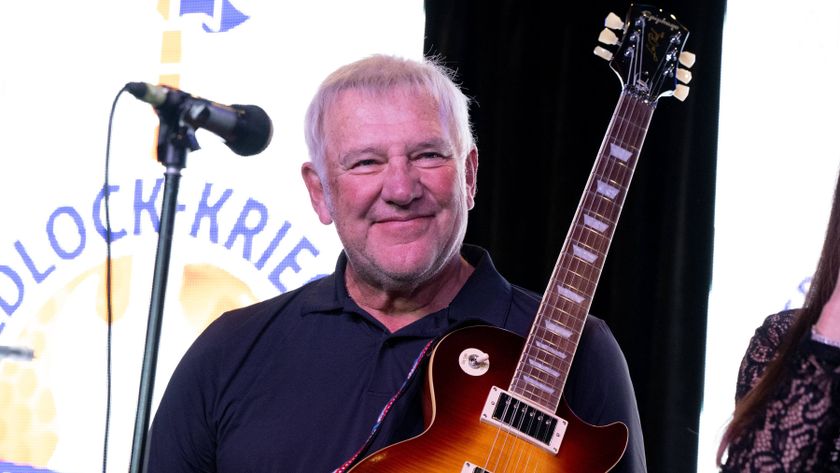
“It’s a whole new generation in sound. There’s nothing lacking”: Alex Lifeson reveals the gear that has finally converted him to digital modeling
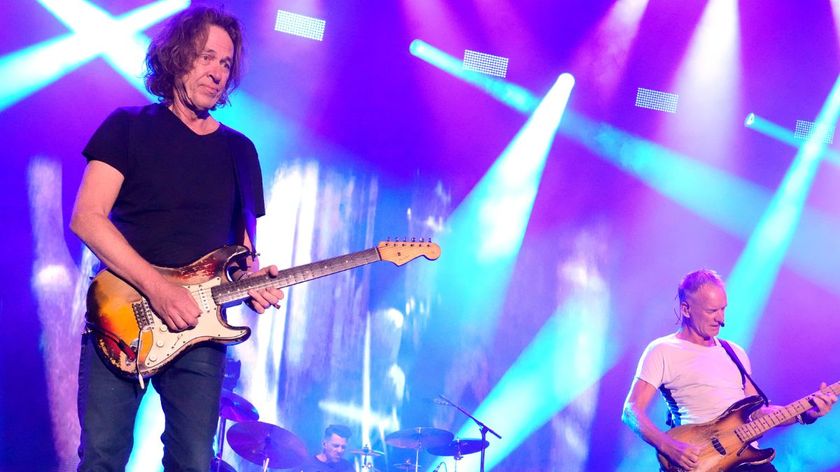
“The Strat is the most versatile electric guitar that there is; but the Les Paul is a perfect instrument”: Sting guitarist Dominic Miller weighs in on the Strat vs. Les Paul debate – says the Strat loses despite being a more versatile instrument







